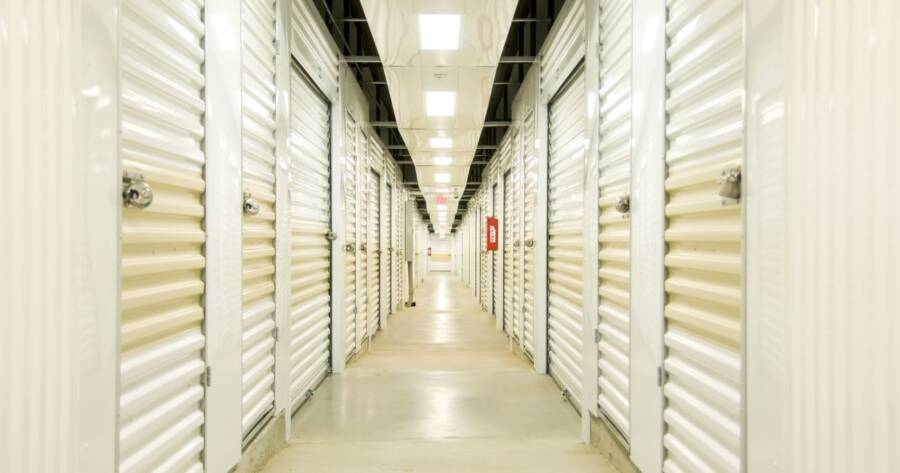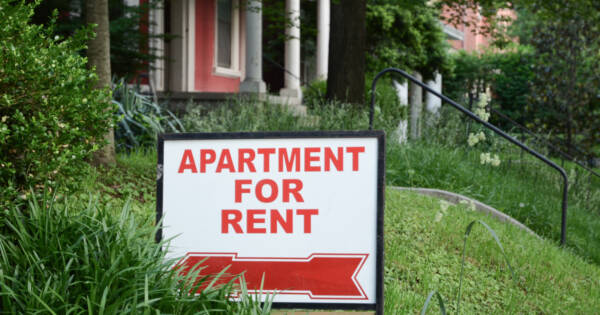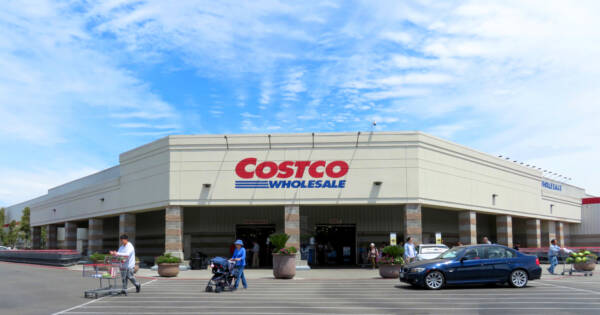Self-storage units are an economical, safe way to store residential, business-related, and commercial goods. The most common reason people use storage units is to store goods temporarily during a move or an extended time away from work, school, or home. However, people use self-storage for other reasons, including downsizing, storing their goods during the post-secondary summer break, and long-term storage for extra vehicles, boats, and RVs.
Businesses use storage facilities to archive files, keep overstock, and house equipment that takes up valuable space. Design professionals find storage units handy to temporarily stow furniture and other items during renovation or construction of homes and offices. The staff at a well-managed facility can help you select a unit appropriate for your needs.
Benefits of Self-Storage
Self-storage solves many storage issues. These include:
- It reduces clutter. If you keep back issues of magazines, your children’s preschool artwork, or baby clothes that you can’t part with, a storage box keeps clutter at bay. Gardening equipment and seasonal tools can be stored to free up garage space.
- Storage can be used to archive business files. If you have files that must be kept for several years, such as tax returns or medical receipts, keeping them in a storage box frees up valuable office space.
- It is economical. Rather than moving to a new home, keeping overflow in a storage unit lets you stay where you are.
- If you live in tight quarters, such as a loft or efficiency apartment, sports equipment, household goods, and vehicles can be kept in a storage unit. Keeping seasonal clothing in a climate-controlled storage unit relieves pressure on closet space.
- Parking is often expensive or unavailable in large cities. A car can be kept at a nearby storage facility instead of renting garage space.
- If you downsize from a family home to a retirement home, you can store furnishings and memorabilia.
- For hobbyists, storage units give the flexibility to expand collections or to rotate elements within the collection for display, cataloguing or active involvement.
- Interior decorators use self-storage as a way to manage stock. Designers often store purchases for clients who are remodeling or moving to a new location. Large items, such as furniture, lamps, and carpets, can be housed until clients are ready for them.
Choosing the Right Amenities
There are many variables to consider when selecting a storage unit. A storage facility should have experienced staff who can help you select the proper size and type of unit and the optimal placement of the unit on the grounds.
For your own peace of mind, keep these things in mind when choosing a self-storage unit:
- Sizes range from document lockers to units that hold the contents of a four- or five-bedroom home. Staff will ask about the amount and types of goods you have, estimate the number of boxes, and determine whether climate control is required.
- Security is important. Look for fencing, security lights, 24-hour video monitoring, security guards, and how access is controlled.
- Many facilities have units accessible from either the outside or within a building. Some have loading docks that access interior units. Ask if loading carts and dollies are available without charge.
- Boats, campers, and cars will fit inside larger units. However, many facilities offer covered outside parking for vehicles. These areas should be fenced and gated.
- Other amenities to consider include how payments are made and whether discounts are available on long-term agreements. Does the facility accept major credit cards, cash, and checks? Can payment be made online or through automatic withdrawals?
Researching the Right Fit
As you define your storage needs, take the time to research facilities to find one that is right for you. Location is important. You won’t want to drive across town to get to your storage box. Peruse each company’s website for factors such as ease of making payments, availability of units, terms of service and rate transparency.
Call and speak to the staff about your needs. They should be helpful and professional. Go in person to verify that the facility matches the description. Look at security measures, examine units, and note office hours.
Read the rental agreement thoroughly before signing. Be sure to understand liability issues, insurance, and terms of payment. If you are satisfied, set a move-in date and enjoy the amenities of an uncluttered, well-organized home or office.
 Stephen C. Shockley / Getty Images
Stephen C. Shockley / Getty Images


